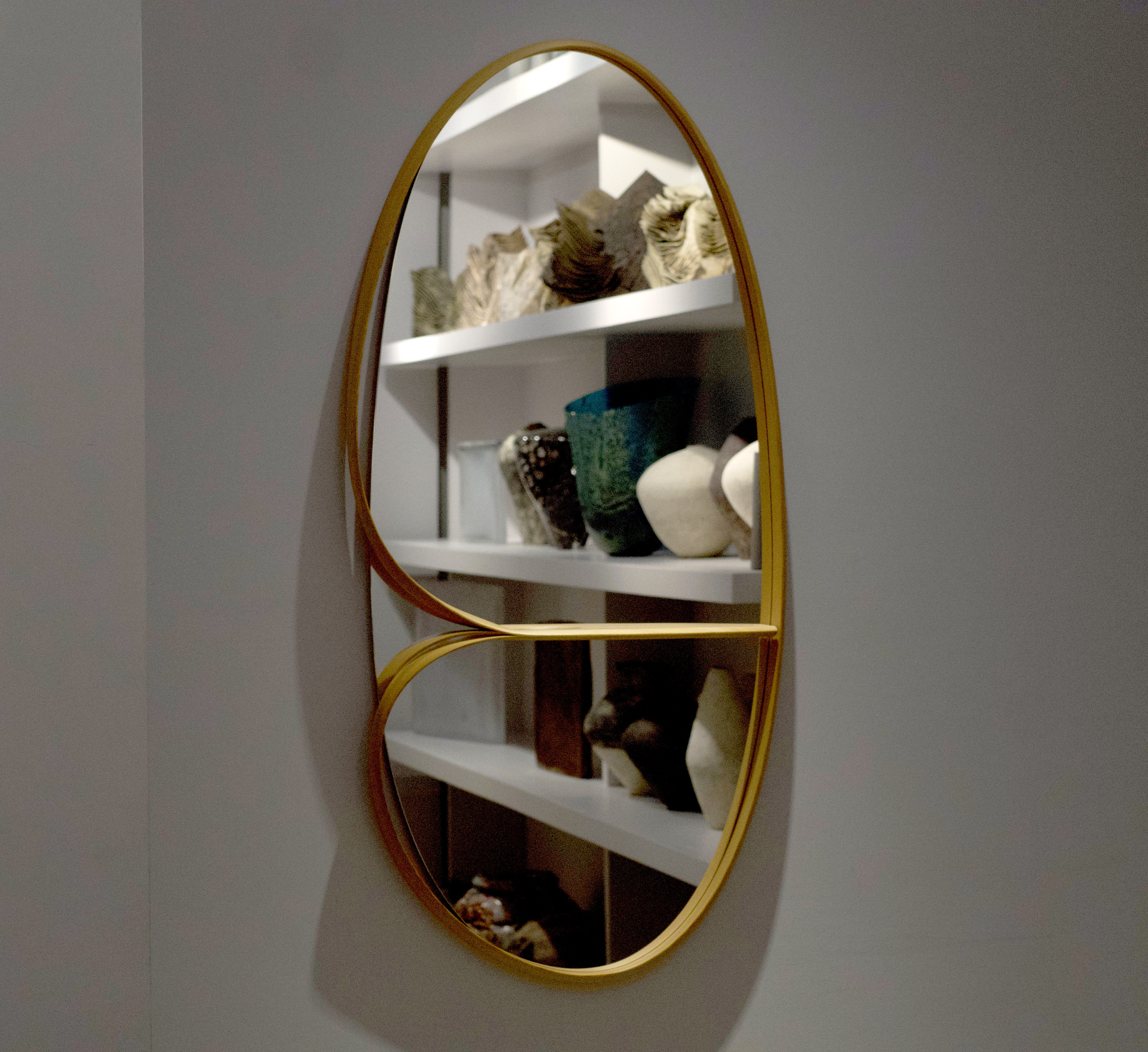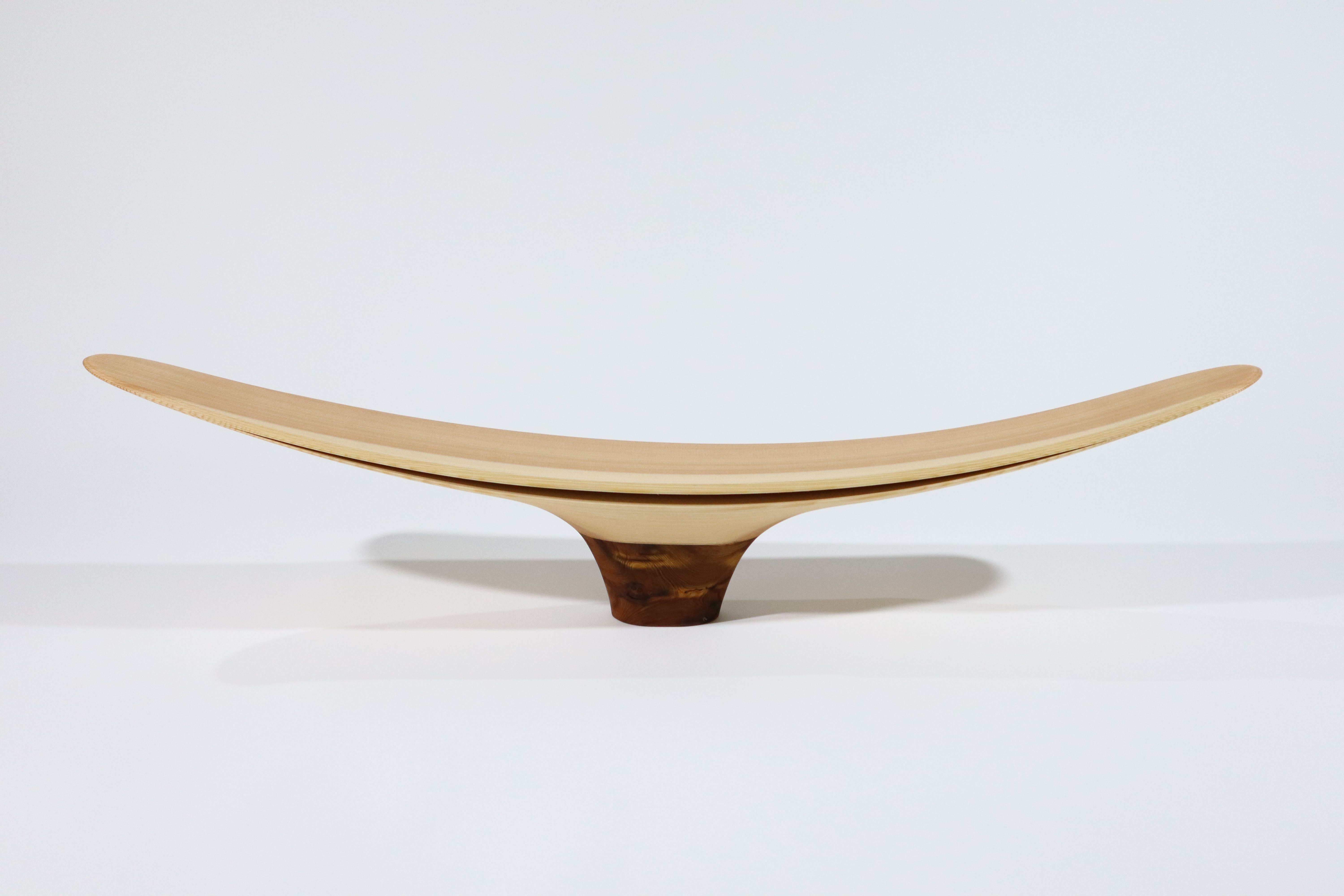

While architectural design itself was rewarding and fulfilling, there are very few people who can design buildings, build them with their own hands, and make a living by selling them. Also, it's often difficult to realize 100% of your design due to constraints like specifications, budget, regulations, and ultimately the client's wishes.
Of course, one reason was my limited ability as a designer, but I had a strong desire to materialize my designs more freely. And to handle everything from design to production and sales by myself, architecture as a field was simply too large in scale. Since I wanted to create things using my own hands, I naturally needed to work at a smaller scale, which led me to transition to becoming a furniture craftsman and woodworker.

Q2:
After your apprenticeship in Hida Takayama, you went to Ireland. Why Ireland?
Hirai:
I was introduced to an opportunity in Ireland through the private woodworking school where I was training. The woodworking I had been learning was very basic and traditional. I felt that Joseph Walsh Studio in Ireland practiced woodworking with completely different techniques and concepts from what I had been learning. I decided to go to Ireland thinking that acquiring these techniques would expand my skills. I also had a wish to live abroad at least once in my life.

Kenta Hirai, "Yoshino Wall Mirror," (C29229NP)
Q3:
The Yoshino cedar you primarily use is generally considered unsuitable for high-end furniture due to strength concerns. However, the meeting of your free-form lamination technique with Yoshino cedar has created new possibilities. In your pursuit of "furniture that challenges established notions," I see a "passing of the flame" not in inheriting form but in challenging conventions. What are your thoughts on the present and future of woodworking as a traditional Japanese craft?
Hirai:
In my previous answer, I mentioned that "the woodworking I learned in Ireland had completely different techniques and concepts," but after actually learning “free-form lamination” in Ireland, I felt that while Joseph's works may appear completely different from traditional woodworking at first glance, Irish woodworking is actually faithful to fundamentals and built upon the foundation of traditional woodworking. I believe that innovation emerges precisely because one values tradition and fundamentals.

Kenta Hirai, "Studio Jig"
Q4:
This group exhibition at Ippodo Gallery focuses on Japanese gardens. These spaces don't draw clear boundaries between nature and humans in the Western sense, but rather create environments that integrate with nature. How would you like your works to exist within people's daily lives?
Hirai:
As you say, Japanese gardens often incorporate borrowed scenery and are designed to harmonize with and feel unified with the natural environment beyond the garden. This philosophy also exists in Japanese architecture, with the engawa (veranda) serving as a buffer zone that gently connects the garden with the interior. My works primarily use Yoshino cedar and other woods, and by placing these natural material wooden products indoors, I hope they can serve as devices that bring nature inside, allowing people to feel nature in their daily lives and connecting the interior with nature, much like Japanese gardens and the engawa in Japanese architecture.
Q5: What “established notions” do you plan to challenge next?
Hirai:
By going to Ireland, I was able to overcome the established notion of "traditional woodworking" that I had cultivated until then. However, that's not the end. I now might be constrained by new established notions based on my free-form lamination skills, so I hope to challenge and overcome even these concepts in the future.

